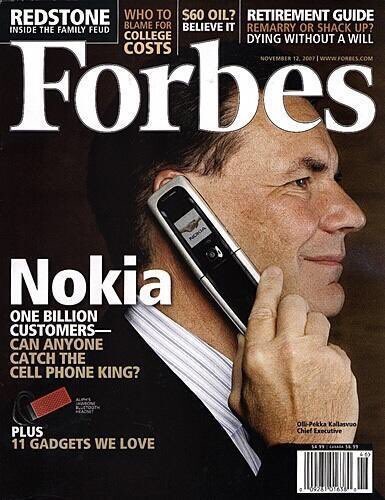Tell me a little about your education
I am an autodidact and have 30 years of visual drawing experience beginning with T-shirt designs, posters and flyers in High School and that has evolved into what it is today, which spans from basic illustration, over animation, to complex presentation. At the beginning when faced with the question – “Do you know how to do this?” – My answer was always “Yes”, - even though sometimes I had not tried it before. But I quickly learned the necessary skills and I always delivered a solid and trustworthy product. So, learning by doing, was the basis of my commercial success.
What excites you right now?
Vector graphics has been hot for years now, fortunately for me, I was presented to Vector tools very early, and working with vector graphics is still my favourite. My role is to notice new trends and utilize my experience to identify who is capable of buying these solutions, and able to benefit from them. As the majority of my clients are conservative companies, I am very aware that I have to ensure that my solutions fit into my clients existing framework and style.
What are you looking forward to in 2018?
This is a difficult one! (Pause)
Personally, it’s a rebuilding project in my home – the renovation of our loft room.
What’s the best thing that happened to you in 2017?
In our world we are always looking at the next thing, but sometimes it’s nice to reflect on what has happened. Moving into Republikken in January 2017 gave me a new creative push as I was in downtown Vesterbro on a daily basis. Meeting lots of new people from a variety of ethnic backgrounds with drive and ambition, provided me with a new energy that comes with shared office spaces.
Tell me a little about you and your childhood?
I was born and bred in Nyborg in Fyn. My siblings and I were brought up with conservative parents and raised to be self-sufficient and to follow our dreams, which was kind of natural as both of my parents were self-employed themselves. As a young man, I was in a hurry to get out and explore new things. Right after High School I chose to go into the Navy as part of my National Service, where I worked in the Operations Room and was in charge of the ship computers and radars.
When my National Service ended, I went to Paris and lived there for a memorable year before moving to Bordeaux. I lived there for 5 years where I had a lot of crazy experiences and a variety of jobs, and I quickly learnt the language and embraced the French culture. After a few years in France I was able to live full time from my drawings and freelance jobs.
Who was your favourite superhero?
My very own Mr. Pigsel who is the virtual front figure for the company. He has a split personality as he is also Professor Pigsel, Inspector Pigsel, Doctor Pigsel as well as the superhero Captain Pigsel.
The whole world is talking about CSR, do you support any charitable causes?
One of my biggest wishes is that we find an alternative to plastic. I recently heard that Lego have announced that its first brick pieces made from plant-based plastic sourced from sugar cane will go on sale later this year. Production has started on the sustainable pieces, which include “botanical elements” like leaves, bushes, and trees. Let’s hope that this is the future for plastic!
What’s the most important thing I should know about you?
I don’t know :).
I enjoy being self-employed and having control of my own destiny, knowing that I have to pay the same insurance as my neighbours’, but being free of the restrictions of employment makes me feel very privileged!
I hate to think of myself as a consumer, even though I know that I am one. I try to avoid shopping centers at all cost. The thought of being a human battery, where “they” drain us of energy and in this case, energy is our attention and money. I guess the worst thing you could say to me is that I am normal.
What would your professional like look like if it was easy?
It is easy, I am living my own dream – yes, I know that sometimes it can be tough, but I guess we all need obstacles to challenge us and to push us into new areas of growth.
I draw, I’m doing what children love to do and sometimes I have to pinch myself to make sure that this is not a dream and I am really living.
Many thanks Lasse. You have been blessed with a natural talent and you have had the courage to make your living from your talent, RESPECT.
If you would you like help with your animations, illustrations or your presentations, please contact Lasse via Pigsel ApS.

























